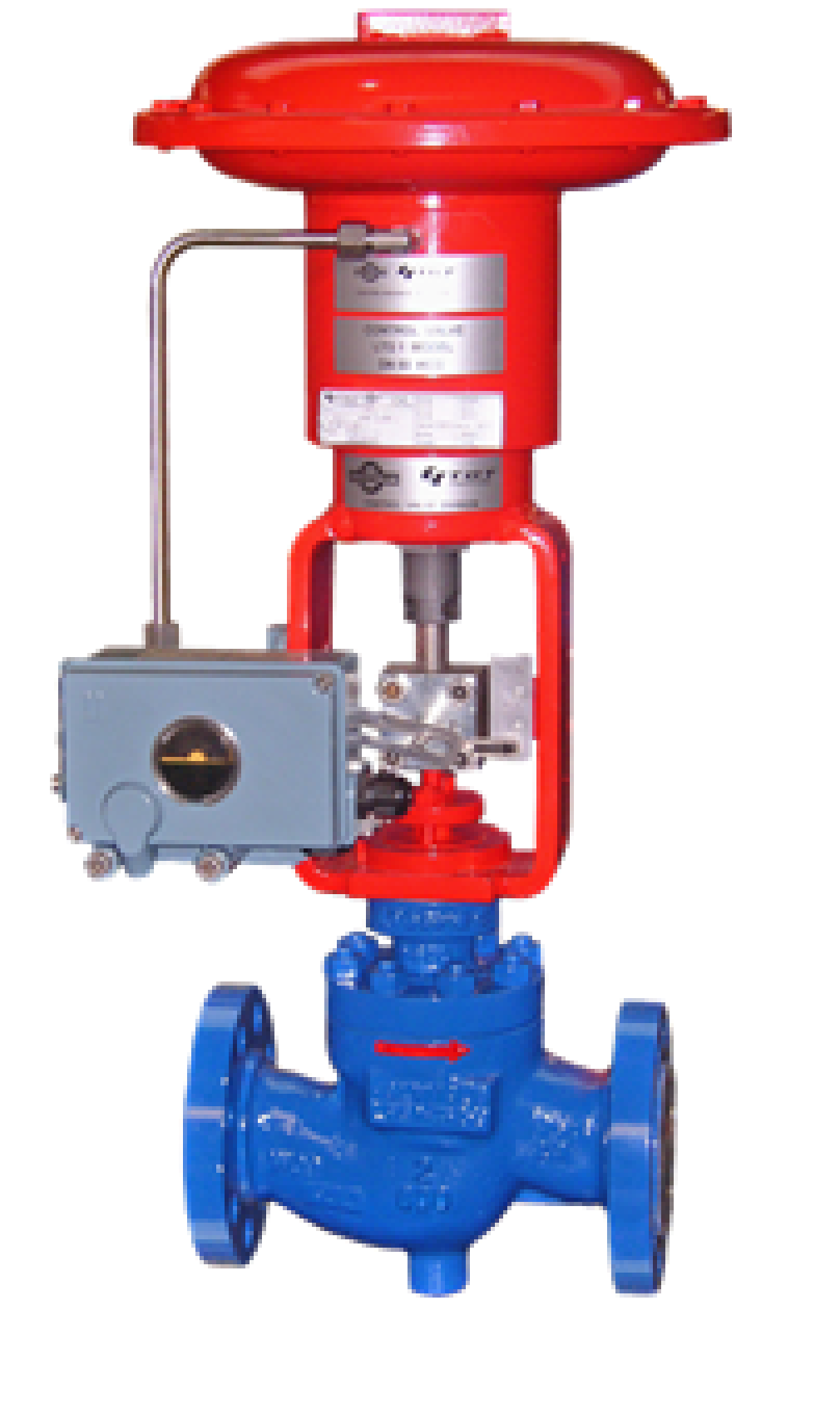How Control Valves Effect Power Performance in Industrial Settings
Wiki Article

Maximize Power Savings and Convenience With Advanced Building Automation Controls
In the world of contemporary architecture and facility monitoring, the combination of advanced structure automation controls stands as a pivotal innovation. By harnessing the power of automation, buildings can adapt, respond, and evolve in means that were as soon as unbelievable.Energy Effectiveness Benefits
Power efficiency benefits can substantially reduce power intake and operational expenses in buildings. By executing energy-efficient methods and technologies, building owners and drivers can attain substantial financial savings while likewise adding to ecological sustainability. One of the key advantages of improving power effectiveness in buildings is the decrease of utility bills. Energy-efficient systems, such as advanced structure automation controls, can enhance making use of resources like illumination, home heating, and cooling, resulting in reduced power expenditures with time.In addition, boosted power effectiveness can prolong the life expectancy of structure devices and systems. By operating a lot more effectively, heating and cooling systems, lighting fixtures, and various other structure elements experience less deterioration, causing decreased maintenance and substitute costs. In addition, energy-efficient structures often command greater residential property worths and rental prices, giving long-term economic advantages to proprietors.
Furthermore, energy performance can enhance passenger comfort and performance. Effectively regulated interior environments with ideal lights and thermal problems develop a more pleasurable and conducive work area, causing improved staff member contentment and performance. In general, the power efficiency benefits connected with sophisticated building automation controls are multifaceted, encompassing cost financial savings, environmental stewardship, and passenger well-being.
Improved Comfort Control
Enhancing convenience control in structure environments calls for a sophisticated integration of innovative automation systems for ideal owner well-being. By making use of sophisticated building automation controls, facilities can customize the interior setting to satisfy the particular demands and preferences of residents. control valves.Improved comfort control surpasses standard temperature changes. It consists of functions such as tailored setups, tenancy sensors, and natural light use to create a responsive and vibrant environment. By integrating these advanced controls, buildings can not just boost comfort yet additionally enhance energy efficiency by maximizing system operations based upon actual occupancy and usage patterns. Eventually, focusing on passenger convenience through advanced automation systems leads to a much more enjoyable and healthier indoor atmosphere.
Operational Efficiency Improvements

Moreover, the implementation of real-time monitoring and analytics devices allows structure operators to identify energy inadequacies and operational anomalies promptly. By constantly checking power usage patterns and system efficiency metrics, modifications can be made in real-time to maximize energy intake and guarantee peak operational performance. control valves. In addition, including demand action approaches into building automation controls can additionally improve functional efficiency by dynamically adjusting power usage based on grid problems and rates signals
Indoor Environment Optimization
Efficient interior environment optimization is a fundamental element of building automation controls, ensuring passengers' convenience and health while making the most of power cost savings. By using innovative sensors and controls, developing automation systems can continually keep track of and adjust temperature level, humidity degrees, air quality, and air flow to create an ideal interior environment. Maintaining constant and comfy problems not just improves occupant contentment but additionally enhances efficiency and overall wellness.Interior environment optimization also plays a vital role in energy performance. By fine-tuning ventilation, cooling, and heating systems based on real-time data and tenancy patterns, developing automation controls can significantly decrease power usage - control valves. As official statement an example, carrying out approaches such as demand-controlled air flow and thermal zoning can help lessen power waste while guaranteeing that each area of the building receives the required conditioning.

Sustainable Setting Development
Building automation controls not only enhance interior environment problems for power performance and occupant comfort however likewise lay the foundation for creating a lasting setting via tactical monitoring of sources and systems. By incorporating sophisticated building automation innovations, such as sensors, actuators, and intelligent software application, facilities can check and readjust power use in real-time to decrease waste and lower their carbon impact. These systems enable predictive upkeep, determining prospective concerns prior to they rise and optimizing equipment performance to boost longevity and efficiency.Additionally, lasting atmosphere development expands beyond energy management to encompass water preservation, waste decrease, and interior air top quality improvement. Building automation controls can manage water usage, discover leaks, and guarantee proper garbage disposal practices, adding to overall sustainability efforts. In addition, by keeping an eye on and controlling air flow and purification systems, these innovations boost occupant health and performance while decreasing power consumption connected with cooling and heating operations.
Verdict
In verdict, progressed building automation manages offer significant benefits in terms of power read review savings, comfort control, operational efficiency, indoor climate optimization, and producing a lasting atmosphere. By applying these controls, buildings can attain optimal performance while minimizing power consumption and enhancing resident convenience. It is obvious that using sophisticated automation modern technology is important in enhancing building performance and creating a more sustainable future.Energy check my reference efficiency advantages can dramatically lower power usage and operational prices in buildings. On the whole, the power effectiveness advantages connected with advanced building automation controls are diverse, incorporating expense savings, environmental stewardship, and resident well-being.
Additionally, incorporating demand action strategies right into building automation controls can even more enhance operational efficiency by dynamically adjusting power usage based on grid problems and rates signals.
Structure automation regulates not just optimize indoor climate conditions for power effectiveness and occupant comfort but likewise lay the structure for developing a lasting setting through tactical administration of systems and sources.In verdict, advanced building automation manages offer significant advantages in terms of energy financial savings, convenience control, functional effectiveness, indoor environment optimization, and developing a lasting environment.
Report this wiki page